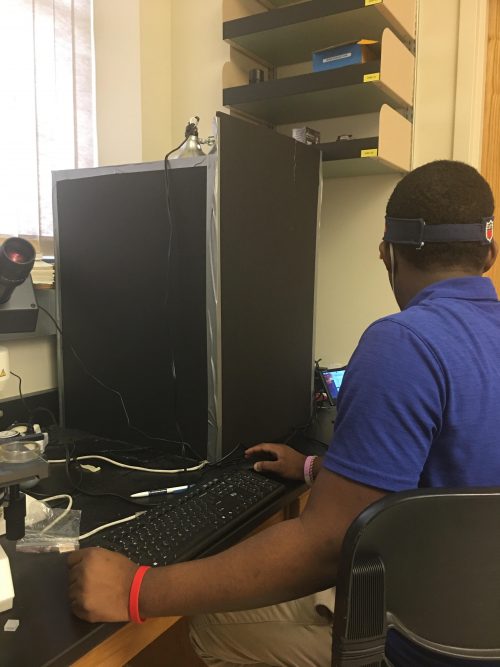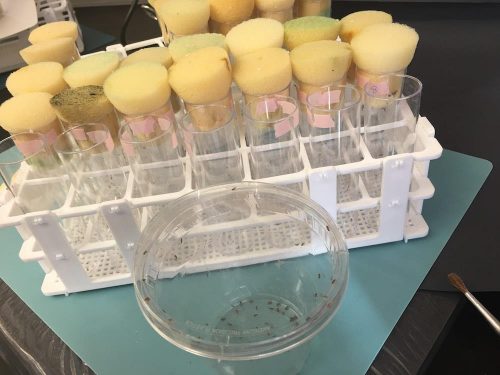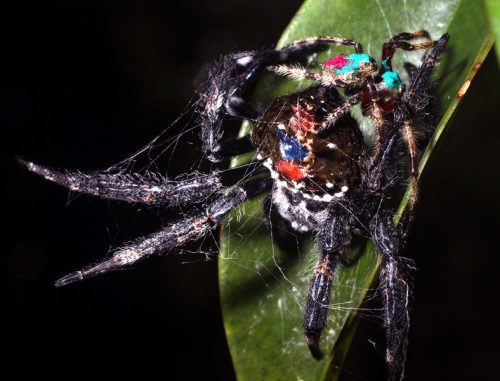This article on spider researcher Maydianne Andrade struck a nerve.
Spiders are not exactly a charismatic animal in many people’s minds. Do you feel like you have a different experience than someone who works on tigers or cute birds like chickadees?
I have to spend quite a lot of time convincing people that studying spiders is actually important. They are one of the dominant invertebrate terrestrial predators, which means that they take down a lot of insects. And so understanding how they work in their environment is actually important for us, understanding how to maintain the health of those environments.
If you look at the distribution of the diversity of organisms in nature, insects and spiders make up a huge proportion of that diversity. And yet they make up only a tiny proportion of what type of work we’re publishing on, and so it really is the animals with the big eyelashes and the big eyes, you know, the cute mammals and the beautiful sounding birds that the people are studying disproportionately.
Oh yeah, and those bird scientists are just the worst.
oh, and i'm sure the birds you're watching from your home office would rather be looking at spiders, too, cuz … breakfast!! @PZMyers
— 𝐓𝐡𝐞𝐫𝐞 𝐢𝐬 𝐧𝐨 “𝐏𝐥𝐚𝐧𝐞𝐭 𝐁” (@GrrlScientist) December 17, 2020
She’s commenting on the fact that I added two whole minutes of bird footage shot from my office window to my last video because it’s really hard to find wild spiders in a Minnesota December. Just for that I’m going to have to record some of my lab spiders for the end of my next video, even though I know it’ll trigger squeals of protest, and my subscriber count will probably go down.
You know, some spiders do have big eyes and eyelashes, he says, defensively.








